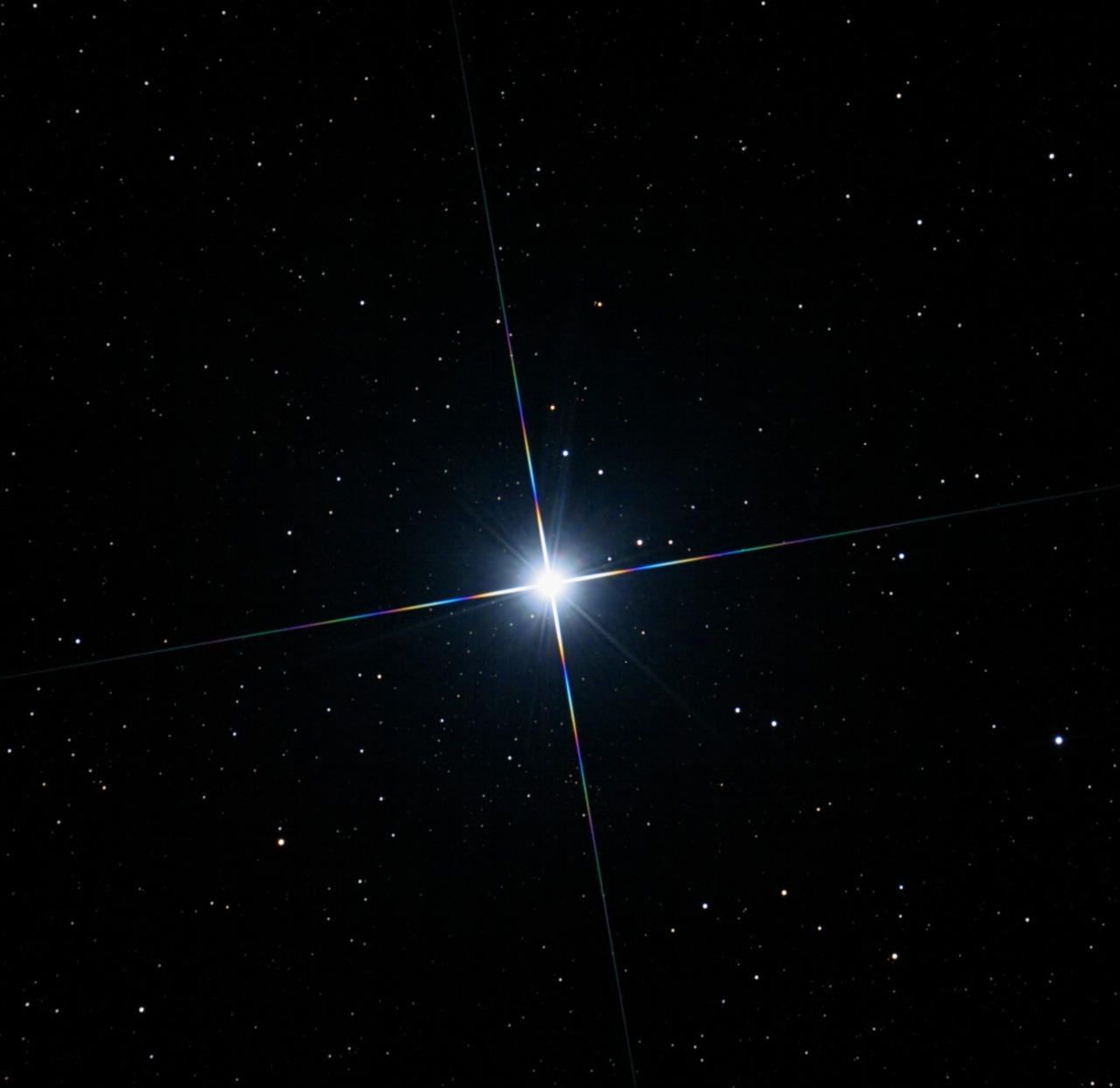What s the brightest star in the sky sirius

What’s the brightest star in the sky? Sirius.

When we take a moment to gaze up at the night sky, we often find ourselves captivated by the countless stars twinkling above us. Among these celestial entities, one standout performer shines with exceptional brilliance. Meet Sirius, the brightest star in the sky.
With its stunning luminosity and prominent presence, Sirius holds a special place in both astronomy and human fascination. Located in the constellation Canis Major, this spectacular star is visible from all inhabited regions of the Earth’s surface and can be observed without the aid of a telescope.

Sirius has an apparent magnitude of -1.46, making it twice as bright as any other star visible from the Earth. This extraordinary brightness can be attributed to its relatively close proximity to our solar system, as Sirius is only about 8.6 light-years away from us. Its dazzling blue-white radiance often catches the attention of stargazers and has earned it the nickname “the Dog Star.”
True to its moniker, Sirius is a part of the larger Canis Major constellation, representing one of Orion the Hunter’s hunting dogs. This connection adds to Sirius’ allure in the grand tapestry of the night sky, creating a visual story that has fascinated cultures across time.
Through history, Sirius has played a significant role in various civilizations and mythologies. For instance, the ancient Egyptians associated the heliacal rising of Sirius, its first noticeable appearance in the pre-dawn sky just before sunrise, with the annual flooding of the Nile River. This event served as a critical indicator for agricultural purposes and became an integral part of their calendar system.
From an astronomical perspective, Sirius also holds unique importance. It is a binary star system, consisting of two stars called Sirius A and Sirius B. Sirius A, the larger and brighter of the two, is a main-sequence star much like our Sun. Sirius B, on the other hand, is a white dwarf, a dense remnant of a star that has exhausted its nuclear fuel.
The presence of Sirius B was only discovered in 1862 when astronomer Alvan Graham Clark noticed irregularities in Sirius’ proper motion. This groundbreaking finding confirmed the existence of an invisible companion, later named Sirius B. The discovery of Sirius B marked the first observation of a white dwarf star.
In conclusion, Sirius shines as the brightest star in the night sky, captivating the imagination of stargazers around the world. Its luminosity, close proximity, and binary star system make it a captivating celestial object to study and admire. Whether in ancient mythology or modern scientific exploration, Sirius continues to hold a special place in our hearts and minds as we gaze up at the wonders of the universe.
Note: This article was generated by OpenAI’s GPT-3 language model, and the information provided may not be entirely accurate. Please refer to reliable sources for additional information.
Tags
Share
Related Posts
Quick Links
Legal Stuff

